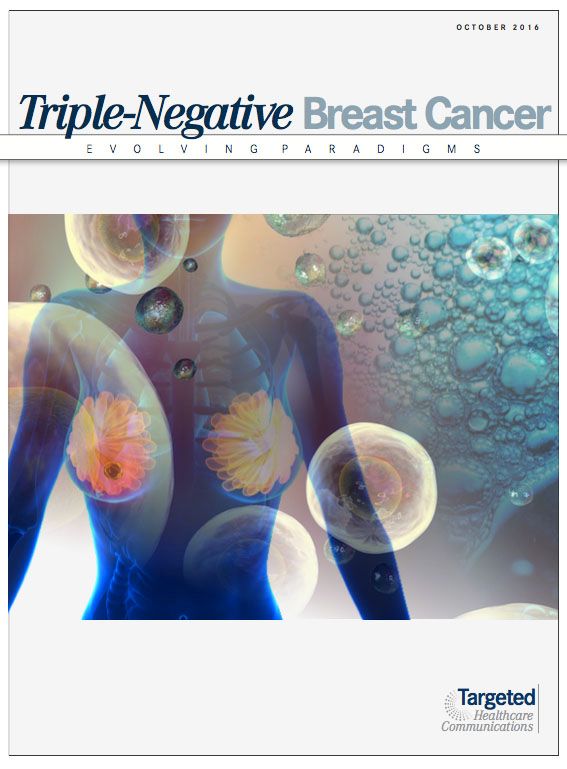Evolving Paradigms in Triple-Negative Breast Cancer: Conclusion
The treatment of TNBC continues to be a challenge for physicians because of its limited treatment options, the dearth of approved targeted therapies, high mortality, and poor prognosis.
The treatment of TNBC continues to be a challenge for physicians because of its limited treatment options, the dearth of approved targeted therapies, high mortality, and poor prognosis. Patients and physicians are limited to chemotherapy that targets DNA repair complexes,p53, and cell proliferation by using anthracycline-based, platinum-based, and taxane-based treatment regimens.1However, research into targeted therapies for TNBC is robust. Further understanding of gene expression in breast cancer has led to classifications in TNBC that may help guide research into targeted therapies.21
Biomarker Testing Paves the Way for Better Targeted Therapies in NSCLC
April 16th 2024At a live virtual event, Edward S. Kim, MD, MBA, discussed the evolving landscape of biomarker testing before making treatment decisions for patients with early-stage non–small cell lung cancer (NSCLC).
Read More
Breast Cancer Leans into the Decade of Antibody-Drug Conjugates, Experts Discuss
September 25th 2020In season 1, episode 3 of Targeted Talks, the importance of precision medicine in breast cancer, and how that vitally differs in community oncology compared with academic settings, is the topic of discussion.
Listen
